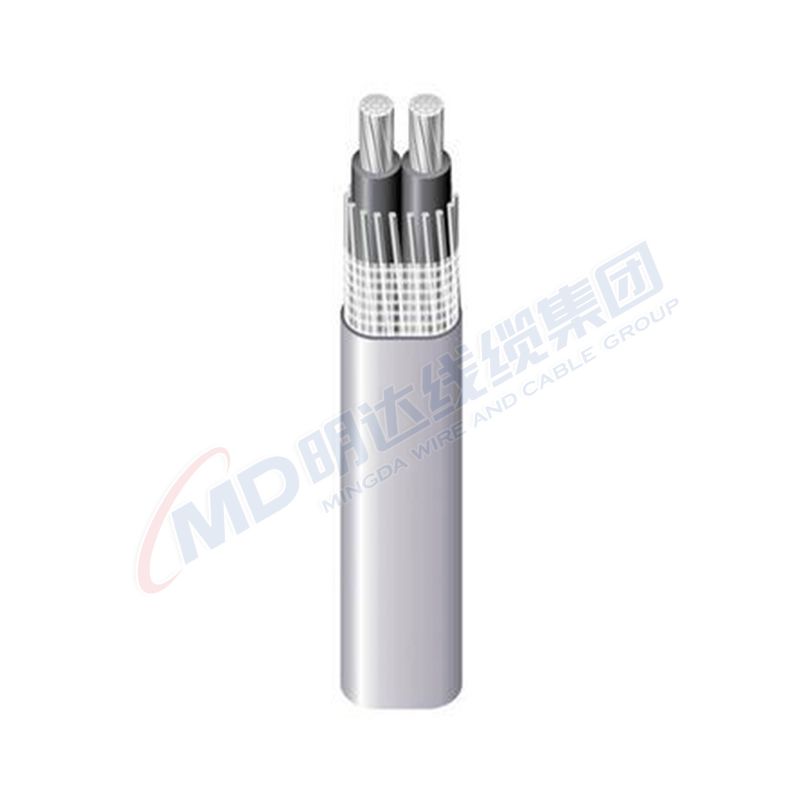พ.ย. . 06, 2024 09:04 Back to list
manual air valve
Understanding Manual Air Valves A Comprehensive Overview
Manual air valves play a crucial role in various industrial applications, serving as essential components in controlling the flow of air within pneumatic systems. These valves are designed to regulate air pressure, facilitate the operation of pneumatic tools, and manage the operation of automated processes, making them invaluable in sectors ranging from manufacturing to automotive and beyond.
What is a Manual Air Valve?
A manual air valve is a device that allows operators to open or close the flow of air in a pneumatic system manually. Unlike automatic valves, which rely on sensors and controllers to manage airflow, manual air valves are operated by human intervention. This characteristic makes them particularly useful in situations where precise control is necessary or in systems where automation is not feasible.
Types of Manual Air Valves
There are several types of manual air valves, each designed for specific applications
1. Ball Valves These valves feature a spherical disc that controls the flow. They provide excellent sealing properties and can handle high pressure, making them ideal for applications requiring full flow with minimal resistance.
2. Gate Valves Gate valves are used when a straight-line flow of fluid with minimal restriction is desired. They are typically employed in systems where the valve will be either fully open or fully closed.
manual air valve

3. Globe Valves These valves are known for their ability to regulate flow effectively. They consist of a movable disk element and a stationary ring seat, making them suitable for applications where precise flow control is necessary.
4. Butterfly Valves With a circular disc that rotates to open or close the flow, butterfly valves are lightweight and can be used for large flow applications. They are particularly beneficial in systems that require quick shut-off capabilities.
Applications of Manual Air Valves
The applications for manual air valves are vast. In manufacturing, they are commonly used in pneumatic systems to control air supply to tools and machinery. In automotive service shops, manual air valves facilitate the operation of air-powered tools, ensuring that technicians can easily manage airflow to various devices. Additionally, they are employed in HVAC systems to balance and control air distribution, contributing to overall system efficiency.
Advantages of Using Manual Air Valves
One of the primary benefits of manual air valves is their simplicity. They are easy to install, operate, and maintain, which reduces downtime and operational costs. Furthermore, manual valves provide operators with direct control over airflow, allowing for quick adjustments based on immediate needs. This hands-on approach can be advantageous in situations requiring quick decision-making or troubleshooting.
Conclusion
In summary, manual air valves are fundamental components in pneumatic systems, providing essential control over air flow. Their diverse types and applications make them suitable for a wide range of industrial uses. Understanding the different kinds of manual air valves, their functionality, and their benefits can aid professionals in selecting the right components for their specific needs, ultimately enhancing the performance and efficiency of their systems. As industries continue to evolve, the importance of effective manual air valve operation will remain a key element in optimizing production and service processes.
Share
-
Reliable Wafer Type Butterfly Valves for Every IndustryNewsJul.25,2025
-
Reliable Flow Control Begins with the Right Ball Check ValveNewsJul.25,2025
-
Precision Flow Control Starts with Quality ValvesNewsJul.25,2025
-
Industrial Flow Control ReliabilityNewsJul.25,2025
-
Engineered for Efficiency Gate Valves That Power Industrial PerformanceNewsJul.25,2025
-
Empowering Infrastructure Through Quality ManufacturingNewsJul.25,2025